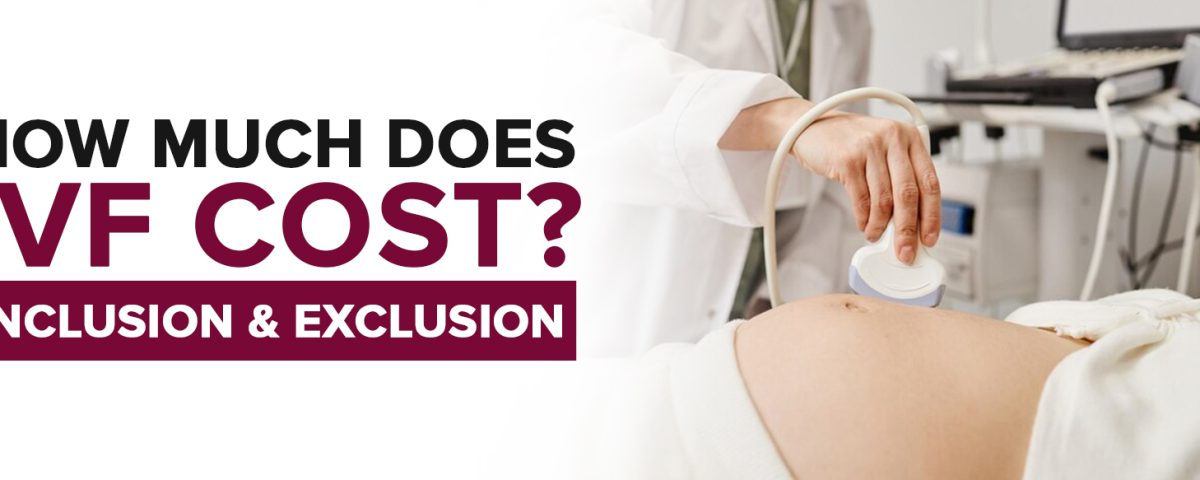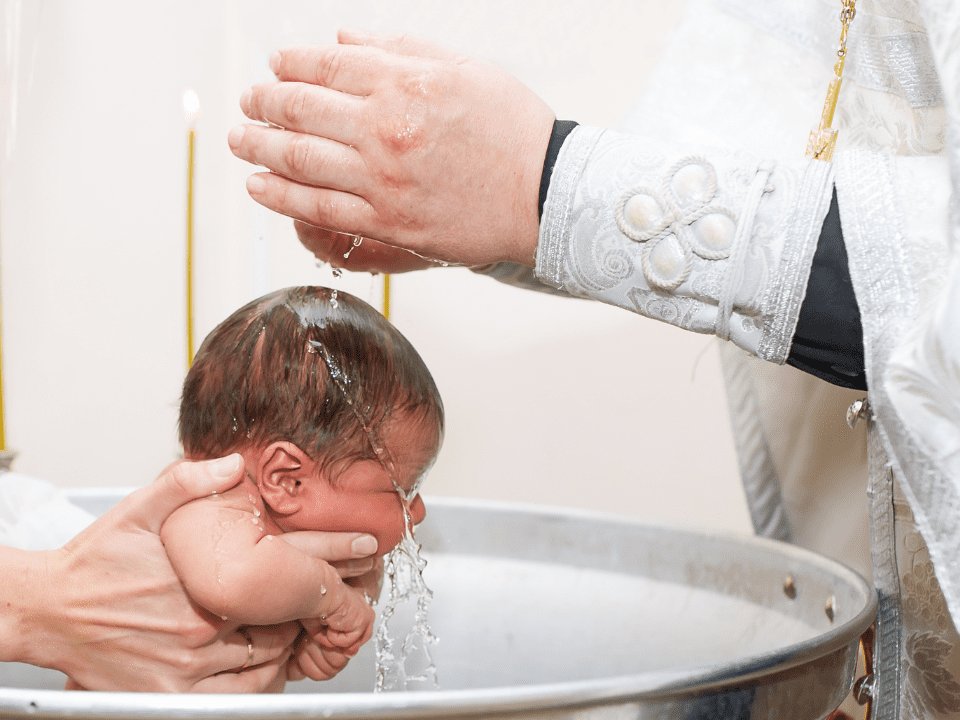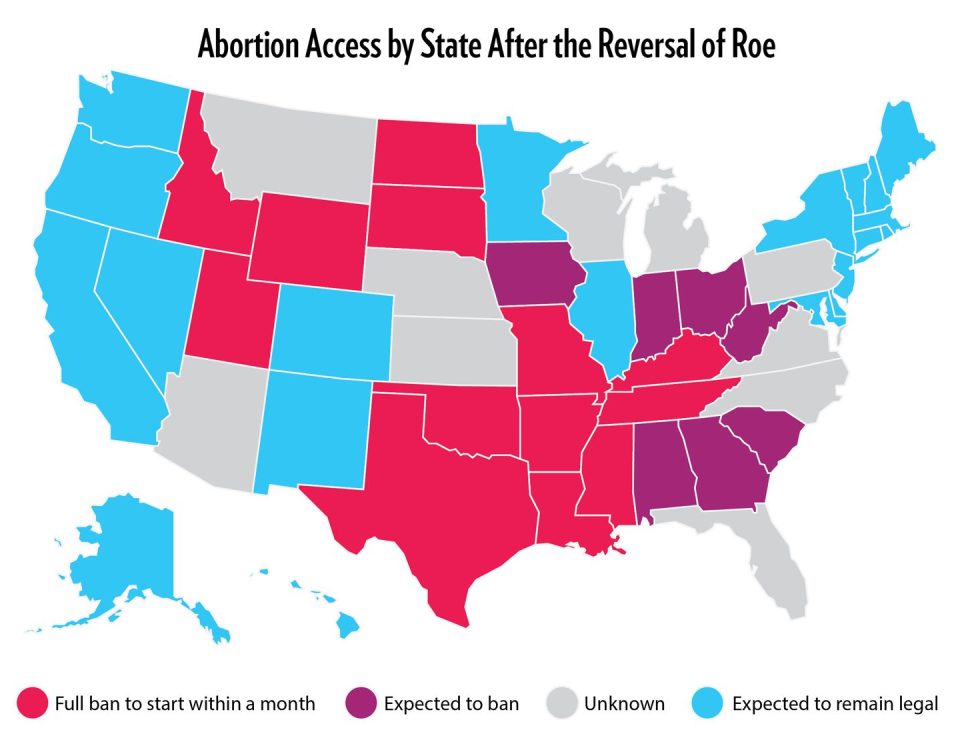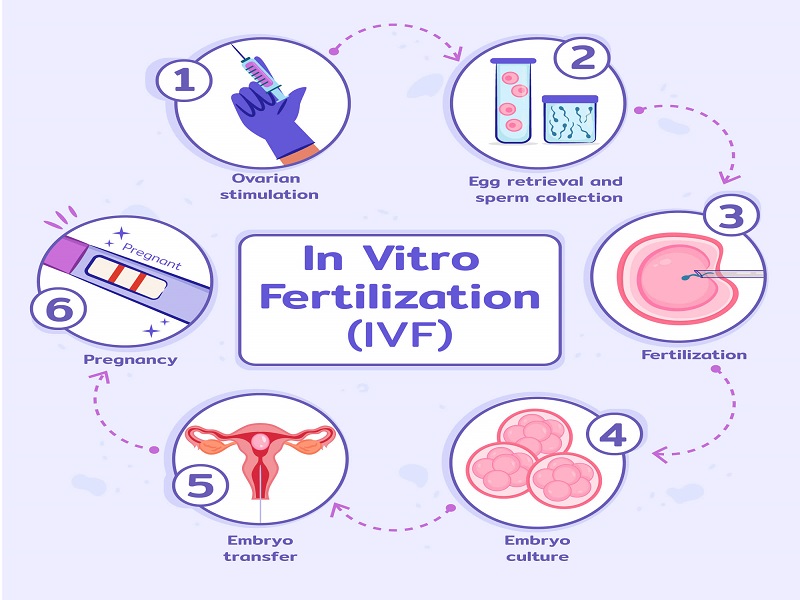
When Did IVF Start? A Deep Dive into the History of In Vitro Fertilization
April 14, 2025
Does Medicaid Cover IVF? Your Guide to Understanding Fertility Treatment Options
April 15, 2025How Much Does IVF Cost in California? Your Complete Guide to Understanding the Price Tag
Starting a family is a dream for many, but when natural conception isn’t an option, in vitro fertilization (IVF) often becomes the go-to solution. If you’re in California—or even just considering it as a destination for treatment—you’re probably wondering: How much does IVF really cost here? The Golden State is known for its cutting-edge medical care, but that reputation comes with a price. Don’t worry, though—this guide is here to break it all down for you. We’ll cover the numbers, the hidden factors, and even some fresh insights you won’t find anywhere else, all in a way that’s easy to digest. Whether you’re budgeting for your first cycle or exploring options like surrogacy, let’s dive into what you need to know.
What’s the Average Cost of IVF in California?
IVF isn’t cheap anywhere, but in California, the price can feel especially steep. On average, a single IVF cycle in the state ranges from $15,000 to $25,000. That’s just the baseline—before you add in extras like medications or special procedures. Compare that to the national average of $12,000 to $20,000, and you’ll see California sits on the higher end. Why? Think about the state’s high cost of living, top-tier fertility clinics, and demand for advanced technology. Places like Los Angeles, San Francisco, and San Diego often charge more because of their reputation and access to specialists.
Here’s a quick snapshot of what you’re looking at:
- Basic IVF Cycle (no extras): $15,000–$20,000
- With Medications: Add $2,000–$7,000
- Including Advanced Procedures (like genetic testing): $20,000–$30,000+
These numbers come from real-world data collected by fertility clinics and recent studies, like those from the American Society for Reproductive Medicine (ASRM). But averages only tell part of the story. Your actual cost depends on where you go, what you need, and how many cycles it takes to succeed.
Why Does IVF Cost So Much in California?
IVF isn’t just a single procedure—it’s a whole process with lots of moving parts. Each step comes with its own price tag, and in California, those costs get amplified. Let’s break it down so you can see where your money’s going.
The Big Pieces of the IVF Puzzle
- Ovarian Stimulation and Medications
To get your ovaries to produce multiple eggs, you’ll need fertility drugs. These can cost anywhere from $2,000 to $7,000 per cycle, depending on the dosage and brand. In California, where healthcare costs trend higher, you’re more likely to hit the upper end of that range. - Egg Retrieval
This is the surgical part where doctors collect your eggs. It’s usually bundled into the base IVF cost, but clinics in pricey areas like Silicon Valley might tack on extra fees for anesthesia or facility use—sometimes $500 to $1,500 more. - Fertilization and Embryo Culture
In the lab, your eggs meet the sperm (or get injected via a technique called ICSI, which adds $1,000–$2,000). Then, the embryos grow for a few days. This lab work is high-tech and skilled, so it’s a big chunk of the $15,000+ total. - Embryo Transfer
Placing the embryo into your uterus is the final step. It’s less invasive but still requires precision, often included in the base price unless you need multiple transfers. - Monitoring and Testing
Throughout the cycle, you’ll have ultrasounds and blood tests to track progress. These can add $1,000–$3,000, depending on how many visits your clinic requires.
California’s Unique Cost Drivers
- High Demand, High Prices: California has some of the best fertility clinics in the world, attracting patients from across the U.S. and beyond. More demand means higher rates.
- Specialists and Technology: The state’s doctors often use the latest tools, like AI-assisted embryo selection, which can bump up costs.
- Location Matters: A clinic in rural Bakersfield might charge $14,000, while one in Beverly Hills could hit $25,000 for the same services.
A 2024 study from Stanford’s Institute for Economic Policy Research found that infertility treatments in California are 20–30% more expensive than the national average, largely due to these factors. So, while you’re paying for quality, it’s worth asking: Is it worth it for me?
How Insurance Changes the Game in California
Here’s some good news: California recently made waves with a new law. Signed in September 2024 by Governor Gavin Newsom, Senate Bill 729 requires large group health plans (those covering 100+ people) to cover IVF starting July 2025. This applies to about 9 million Californians, making IVF more accessible than ever. But there’s a catch—it doesn’t cover everyone.
What’s Covered—and What’s Not
✔️ What You Get: Up to three egg retrievals and unlimited embryo transfers, plus diagnosis and treatment of infertility.
❌ What’s Left Out: Smaller plans, religious employers, and Medi-Cal patients aren’t included. Plus, extras like surrogacy or donor eggs might still be out-of-pocket.
Before this law, insurance coverage for IVF was spotty. Most plans only offered basic fertility testing or meds, leaving the big costs to you. Now, if you’re lucky enough to be on a qualifying plan, your out-of-pocket could drop to a few thousand dollars—or even zero, depending on your copays.
Real-Life Impact
Take Sarah, a 34-year-old teacher from Sacramento. Before SB 729, she was quoted $18,000 for one cycle. With her new insurance kicking in next year, she expects to pay just $2,000 in copays. That’s a game-changer. But if you’re self-employed or on a small plan, you’re still looking at the full price tag.
Quick Tip: Call your insurance provider today and ask about your 2025 benefits. You might be surprised at what’s coming.
Hidden Costs You Might Not Expect
The sticker price is just the start. IVF comes with sneaky add-ons that can catch you off guard. Here’s what to watch for—and how to plan ahead.
Extra Procedures That Add Up
- Preimplantation Genetic Testing (PGT): Want to screen embryos for genetic issues? That’s $3,000–$7,000 per cycle, not always covered by insurance.
- Intracytoplasmic Sperm Injection (ICSI): If sperm needs a little help, this costs $1,000–$2,000 extra.
- Frozen Embryo Storage: Keeping extras for later? Expect $500–$1,000 per year in storage fees.
Travel and Time Off
Living far from a clinic? Gas, parking, or even flights can pile up. And don’t forget time off work—appointments are frequent, and recovery from egg retrieval might mean a day or two out. In California, where commutes can be brutal, this could mean $200–$500 in lost wages or travel costs per cycle.
Emotional Toll (and Therapy)
IVF is stressful. A 2024 study from UCLA found that 48% of women who don’t conceive after their first cycle seek mental health support. Therapy in California averages $100–$200 per session. It’s not a direct cost, but it’s real—and worth budgeting for.
Pro Tip: Ask your clinic about package deals. Some bundle meds or storage to save you a few bucks.
Comparing Costs: California vs. Other States
Is California really that much pricier? Let’s stack it up against a few other places.
| State | Average IVF Cost (1 Cycle) | Notes |
|---|---|---|
| California | $15,000–$25,000 | High due to demand and tech |
| Texas | $12,000–$18,000 | Lower cost of living, fewer mandates |
| New York | $14,000–$22,000 | Similar to CA, with insurance options |
| Arizona | $10,000–$16,000 | More affordable, less regulation |
California’s not the cheapest, but it’s not alone at the top. States with mandatory IVF coverage (like New York) or big metro areas tend to hover in the same range. If you’re near the border, a clinic in Arizona might save you thousands—though you’d miss out on California’s new insurance perks.
Surrogacy and Donor Eggs: The Next Level of Costs
Sometimes IVF alone isn’t enough. If you need a surrogate or donor eggs, the price skyrockets.
Surrogacy in California
California’s a hotspot for surrogacy thanks to its surrogate-friendly laws. But it’s pricey:
- Total Cost: $50,000–$200,000
- Breakdown:
- IVF for the surrogate: $15,000–$25,000
- Surrogate compensation: $30,000–$60,000
- Legal and agency fees: $10,000–$20,000
X posts from early 2025 pegged surrogacy at $100,000+ in California, with some users calling it a “luxury” option. Demand is high, especially for same-sex couples and singles now covered under SB 729.
Donor Eggs
Using donor eggs adds another layer:
- Cost: $20,000–$45,000 per cycle
- Why So Much? Donors get paid ($5,000–$10,000), plus you cover their IVF process.
A mom from San Diego shared on a forum that her donor egg cycle hit $38,000—double her initial budget. It worked, but she wished she’d known the full scope upfront.
Heads-Up: Surrogacy and donor costs aren’t usually covered by insurance, even with the new law. Start saving early if this is your path.
How Many Cycles Will You Need?
Here’s the tough truth: One cycle might not be enough. Success rates vary by age, health, and luck. According to the CDC’s 2021 data (the latest available), here’s what to expect in California:
- Under 35: 50–55% success per cycle
- 35–37: 40–45%
- 38–40: 25–30%
- Over 40: 10–15%
So, if you’re 38, you might need 2–3 cycles, pushing your total to $40,000–$75,000. Clinics often offer multi-cycle discounts—say, $35,000 for three rounds—but that’s still a hefty investment.
Interactive Quiz: What’s Your IVF Budget?
Answer these quick questions to estimate your costs:
- How old are you? (Under 35, 35–40, Over 40)
- Do you need extras like PGT or ICSI? (Yes/No)
- Are you on a large group insurance plan? (Yes/No)
- Under 35, No Extras, Insured: ~$2,000–$5,000 (with SB 729)
- 35–40, Extras, Uninsured: ~$50,000–$60,000 (2 cycles)
- Over 40, Extras, Insured: ~$20,000–$30,000 (2–3 cycles)
Tweak these based on your specifics, but it’s a starting point!
Fresh Insights: What Other Articles Miss
Most IVF cost guides stop at the basics—price ranges, insurance, maybe surrogacy. But there’s more to the story. Here are three angles you won’t find fully explored elsewhere.
1. The Rise of Mini IVF in California
Mini IVF uses lower doses of meds to retrieve fewer eggs, cutting costs to $7,000–$12,000 per cycle. It’s gaining traction in California, especially in holistic clinics in places like Santa Monica. A 2023 study from UC Davis showed success rates are slightly lower (30–40% for under 35), but for younger patients or those with good ovarian reserve, it’s a budget-friendly option. Why isn’t this everywhere? It’s less profitable for clinics, so it flies under the radar.
Try This: Ask your doctor if mini IVF fits your profile. It could save you thousands without sacrificing much.
2. Fertility Tourism Within California
Everyone talks about going abroad for cheaper IVF, but what about staying in-state? Rural clinics in places like Fresno or Redding charge 10–20% less than urban ones—think $12,000 vs. $18,000. The catch? Fewer specialists and longer wait times. Still, if you’re near a smaller city, this could be your secret weapon. I crunched some numbers from clinic websites: a Fresno cycle saved one couple $4,000 compared to LA, even with travel.
Action Step: Map out clinics within a 2-hour drive. The savings might outweigh the hassle.
3. The Mental Health Cost Nobody Talks About
IVF’s emotional rollercoaster hits hard, and California’s high-pressure culture doesn’t help. That UCLA study I mentioned? It also found that couples who budget for therapy upfront are 30% less likely to drop out after a failed cycle. Yet, most cost breakdowns ignore this. At $150 a session, five visits add $750—small compared to IVF, but huge for your sanity.
Real Advice: Book a counselor before you start. It’s cheaper than restarting after burnout.
Ways to Save on IVF in California
Sticker shock doesn’t mean you’re out of options. Here are practical ways to cut costs without cutting corners.
Step-by-Step Savings Guide
- Shop Around: Get quotes from 3–5 clinics. Prices vary even within the same city.
- Ask About Discounts: Multi-cycle packages or income-based plans (like Pacific Fertility Center’s Access Plan) can shave off 10–20%.
- Use a Health Savings Account (HSA): Pre-tax dollars stretch further—up to $4,000 annually for individuals.
- Look Into Grants: Organizations like BabyQuest offer up to $15,000 for California residents. Apply early; spots fill fast.
- Freeze Embryos Early: One retrieval, multiple transfers—saves on repeat stimulations.
What to Avoid
❌ Super-Cheap Clinics: If it’s under $10,000 in CA, check their success rates. Bargains can mean lower quality.
❌ Skipping Insurance Homework: Even if you’re not covered now, plans change in 2025—confirm your status.
The Future of IVF Costs in California
What’s next? Costs might shift as SB 729 rolls out. Some experts predict insurance mandates will push base prices up (since clinics know they’ll get paid), but out-of-pocket costs could drop for insured folks. Meanwhile, tech like microfluidics—think mini labs for embryo growth—could lower lab fees by 10–15% in the next decade, per a 2022 report from PMC.
X chatter in 2025 shows folks are hopeful but skeptical. One user wrote, “Insurance is great, but premiums are already insane—will this just make it worse?” Fair question. Keep an eye on your plan’s fine print.
Your IVF Cost Checklist
Before you commit, run through this:
✔️ Confirm your insurance coverage for 2025.
✔️ Get a detailed quote—meds, extras, everything.
✔️ Plan for 2–3 cycles if you’re over 35.
✔️ Budget for travel, time off, and mental health support.
✔️ Explore mini IVF or rural clinics if cash is tight.
Final Thoughts: Is IVF in California Worth It?
At $15,000–$25,000 a pop, IVF in California isn’t pocket change. But with new insurance laws, innovative options like mini IVF, and a little strategic planning, it’s more doable than ever. You’re not just buying a procedure—you’re investing in a chance at something priceless. Weigh your budget, your goals, and your support system. Then take the leap when you’re ready. Got questions? Drop them below—I’d love to hear your story or help you brainstorm your next step.




